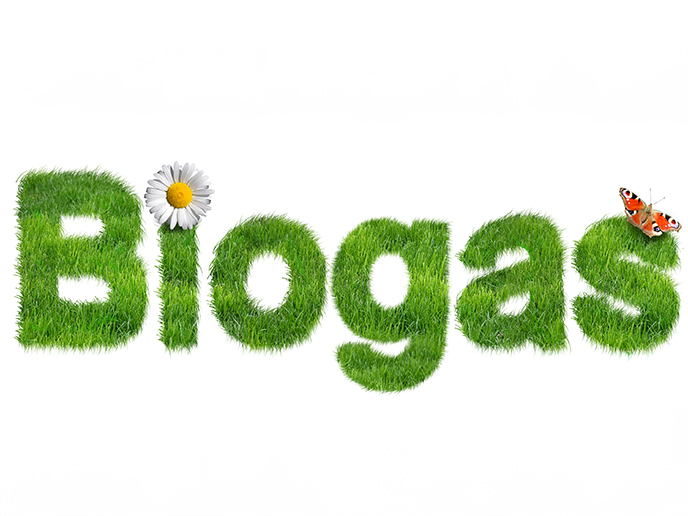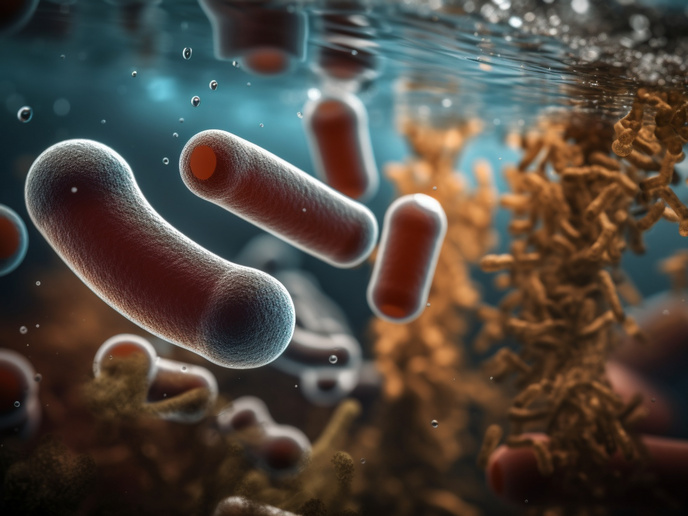Reversing the aging process of European cultural buildings
Historical stone buildings make up an important part of European heritage. Unfortunately, these building are difficult and costly to maintain. Urban pollution causes damage to materials, which means that frequent labour-intensive restoration work is necessary. The EU funded BIOBRUSH project, made up of a six partner consortium, has identified the need to develop novel approaches to these restoration problems. Research institutions involved in the project have studied the possibility of using bioremediation, micro organisms and their enzymes, to return the stone of these buildings to their original state. This study was conducted by scientists at the School of Biological Sciences in Portsmouth. They tested sulphate-reducing bacteria, nitrate reducing bacteria and bio calcifying bacteria. The bio calcifying bacteria were taken from a stream in Somerset in the United Kingdom, which provided 70 cultures. These samples were screened for their ability to deposit calcite in solid and liquid media. The nitrate reducing bacteria studied were isolated from limnic, marine and various soil environments in order to obtain salt-tolerant microbial strains. The results showed that 12 out of the 36 pure cultures tested were found to be highly active. Bibliographic searches on three different bacterial groups were also conducted. These were then presented in separate volumes. By exploring processes involving micro organisms, treatment combinations can then be used to return the natural environment, altered by contaminants, to its original condition. Once the laboratory tests have been conducted and the appropriate micro organisms isolated, delivery systems can be examined. The project aim was that these treatment combinations be applied to buildings so performance and risk can be assessed. This was done under the different climatic conditions of Northern and Southern Europe.







